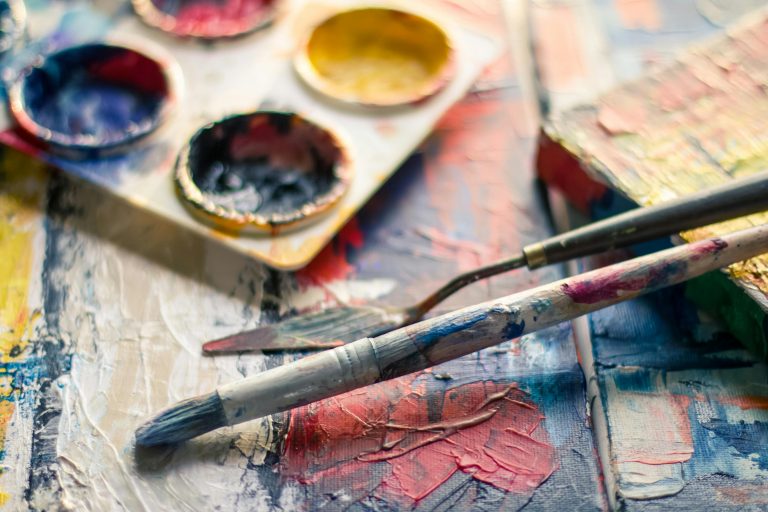The Psychology Behind Why We Find Certain Things Visually Pleasing
Ever wonder why some images just feel good to look at? Whether it’s a perfectly sliced cake, a softly blended color palette, or a symmetrical pattern, there’s real science behind why these visuals soothe us. Understanding the psychology of visual satisfaction can help you be more mindful about the images you consume—and even use them as a tool for stress relief.
Our Brain Loves Symmetry
Symmetry is one of the most universally appealing visual traits. When something is balanced on both sides, our brains process it more easily. It creates a sense of harmony and order—something the mind craves in a world full of chaos. Studies have shown that we associate symmetrical faces and objects with beauty, health, and calm. It’s not just about aesthetics—symmetry offers mental relief by reducing the amount of effort our brains need to make sense of what we’re seeing.
The Comfort of Soft Colors and Smooth Textures
Colors play a huge role in how we interpret visuals. Cool tones like blue, lavender, and pale green activate a sense of peace and safety. These colors lower our arousal levels and are even known to reduce heart rate and blood pressure. Similarly, textures that appear smooth, creamy, or glossy evoke feelings of gentleness and control. That’s why watching videos of melted wax or thick paint being swirled can be so satisfying—they visually mimic soft physical sensations that our minds interpret as calming.
Cognitive Fluency: When Images Feel “Just Right”
Cognitive fluency is the idea that the easier something is to mentally process, the more we like it. If an image is well-organized, simple, and predictable, it feels more enjoyable. Think about those color-coded pantry videos or geometric drawing reels—they don’t just look good; they feel good to watch. That’s cognitive fluency in action.
Visual Order = Mental Calm
There’s a reason organizing and cleaning videos are so addictive. They give the brain a sense of structure and resolution. Visual order mimics the emotional order we’re often seeking in our own lives. Watching messy spaces transform into clean ones, or seeing a jumbled rainbow of beads get sorted into neat compartments, satisfies an internal need for control and peace.
Why Visual Satisfaction Matters
In a world overloaded with fast, chaotic images, intentionally choosing visuals that are gentle, pleasing, and slow-paced can act like a reset button for your mind. Whether it’s the swirl of latte art, the soft glow of sunset photography, or a perfectly looped animation—these small moments of visual joy can reduce stress, regulate emotions, and make your day feel a little lighter.
Final Thoughts
Visual satisfaction isn’t just about pretty things—it’s about how our minds react to visual calm. By curating what we look at, we can actually influence how we feel. So the next time you scroll past something oddly pleasing, stop and let yourself take it in. Your brain might just thank you.
For more ways to slow down and reset, keep coming back to SootheSync.







